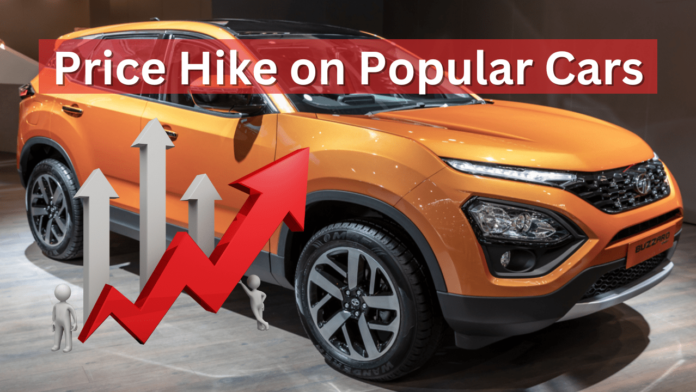The approach of the festive season brings anticipation for many in India looking to purchase a new car or SUV. However, this year, potential buyers are in for a surprise. Several prominent automakers have chosen to surge the prices of their popular cars, a move that directly affects consumers’ budgets.
Best Scooters in India: अगर स्कूटर खरीदने का मन बना रहे है तो देखे टॉप 10 लिस्ट
The Adjusted Prices
Kia Motors India, for instance, has increased the prices of its recently launched Seltos and Carnival models by up to ₹50,000. Mahindra, a key player in the SUV segment, has followed suit, raising prices of its high-demand models including Scorpio, Scorpio-EN, XUV300, XUV700, and Thar by up to ₹81,000. Meanwhile, Hyundai’s Venue and Tucson have seen an increase of up to ₹48,000. Not to be left behind, Honda has also adjusted prices of its popular sedans, the City and Amaze, by as much as ₹7,900.
Reasons Behind the Price Surge
This surge in prices can be attributed to several factors. Industry reports suggest that automakers refrained from passing on the full impact of last year’s surge in input costs to consumers. Therefore, the recent adjustment was deemed necessary. Additionally, the integration of advanced technologies like Advanced Driver Assistance Systems (ADAS) has naturally led to an increment in prices.
Impact on Consumers
Traditionally, buyers eagerly await the festive season for car purchases, expecting attractive offers from manufacturers. However, this year, the situation is different. The consistent rise in input costs since the onset of the pandemic has left companies with little choice but to adjust prices to maintain their viability.
The Industry Perspective
The decision to increase prices has not been taken lightly. For companies to continue offering quality products and services, they must balance their own operational costs. This includes not only the cost of materials but also investments in research and development for technological advancements. Hence, while consumers may feel the pinch, it is crucial to understand the broader industry dynamics at play.
Conclusion
In conclusion, the recent price hike in popular cars and SUVs is a reflection of the broader economic landscape. Companies are making necessary adjustments to ensure their sustainability and continued delivery of high-quality vehicles. While consumers may find themselves paying a little more, it’s important to recognize the reasons behind these price adjustments. As the industry evolves and embraces new technologies, these changes become an integral part of ensuring a robust and innovative automotive sector.
FAQs
The increase in car prices is primarily due to factors such as rising input costs and the integration of advanced technologies in vehicles.
Prominent models from Kia Motors, Mahindra, Hyundai, and Honda, including Seltos, Carnival, Scorpio, XUV300, XUV700, Thar, Venue, Tucson, City, and Amaze, have experienced price adjustments.
Potential buyers may need to reevaluate their budgets, as the price surge could require them to allocate slightly more for their desired car or SUV.
Automakers refrained from passing on the full impact of last year’s surge in input costs to consumers. The recent adjustment is deemed necessary to balance costs and maintain viability.
While specific trends may fluctuate, it’s important to understand that the automotive industry, like any other, is subject to various economic and operational factors. Companies adapt to ensure sustainable and high-quality offerings, which may involve price adjustments as necessary.

